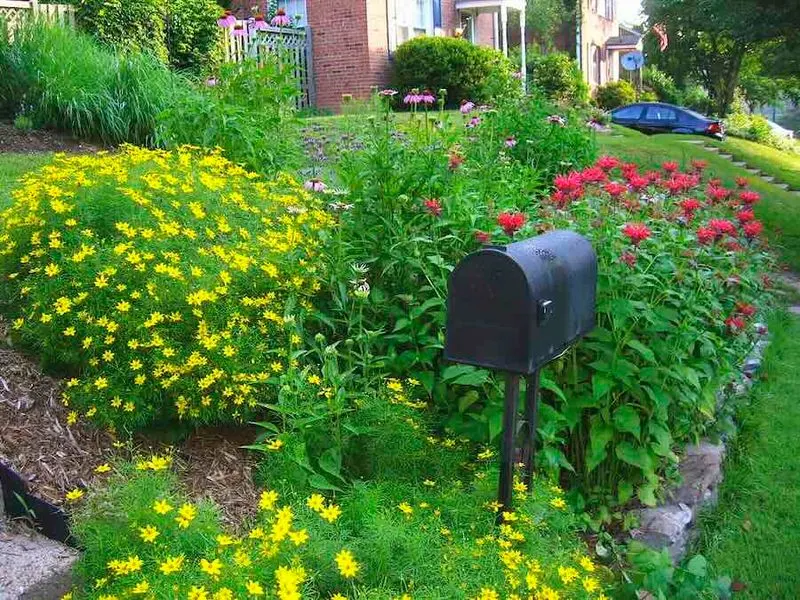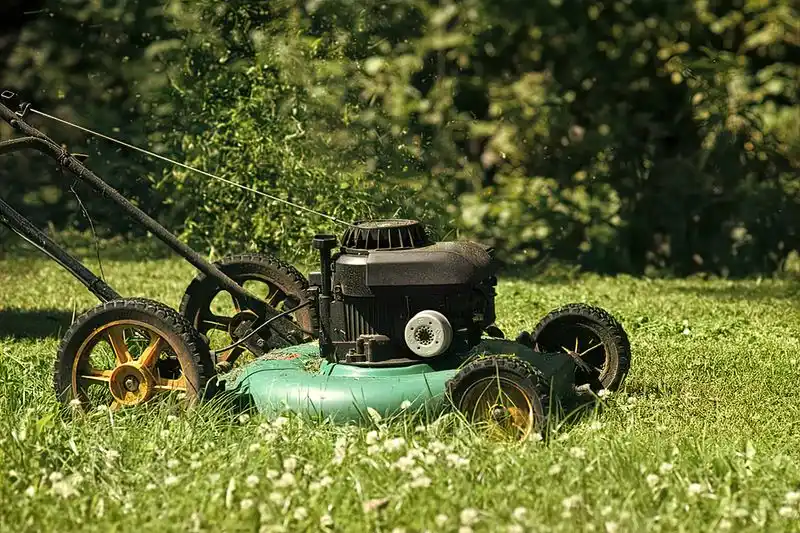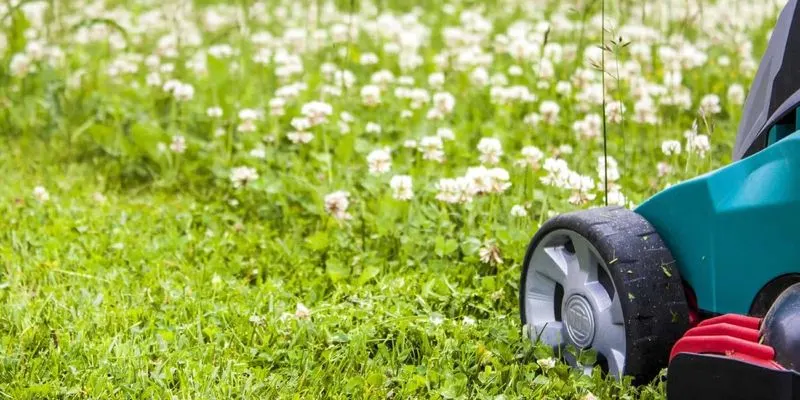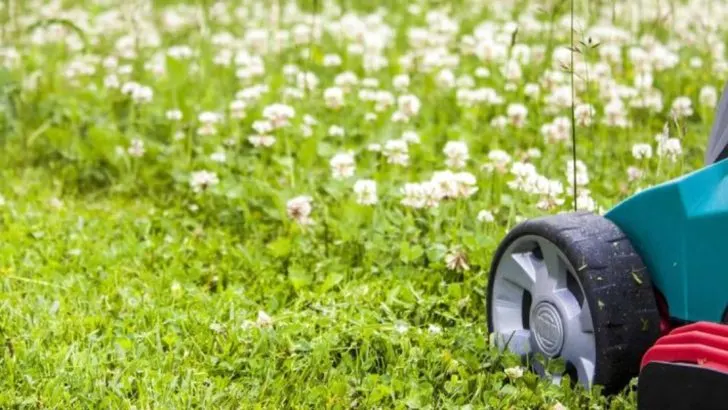I used to mow my lawn like clockwork—short, neat, uniform. But one season, I simply stopped. What began as an experiment quickly turned into a transformation: the garden became wilder, more vibrant, and full of life I hadn’t noticed before.
Without the constant trim, native grasses returned, wildflowers appeared, and pollinators arrived in greater numbers. The space shifted from static green to a dynamic, layered habitat—and required far less effort on my part.
In this article, I’ll share why I stopped mowing—and what grew instead. You might just find that letting go of the mower brings your garden to life in ways you never expected.
Wildflowers’ Symphony

A patch of wildflowers sprang to life, defying the typical manicured lawn aesthetic. Pinks, purples, and yellows danced together, creating a visual orchestra that delighted the senses. Suddenly, the yard was a haven for pollinators.
Bees hummed joyfully, and butterflies fluttered about, lending their grace to the scene. This spontaneous garden not only beautified the space but enriched the local biodiversity.
It was as if Mother Nature herself had painted a masterpiece. Did you know that allowing wildflowers to flourish can significantly boost local pollinator populations?
Bird Haven

Birdsong became the soundtrack to our mornings once the grass grew tall. The uncut lawn offered shelter and food, attracting an array of feathered friends. A simple birdhouse turned into a lively aviary.
Chirping sparrows, robins, and finches added life to the landscape, transforming it into a thriving bird sanctuary. The sight of a cardinal resting amidst the greenery was particularly enchanting.
Interestingly, leaving grass to grow naturally can provide vital nesting materials and habitats for many bird species.
Butterfly Ballet

The garden became stage to a butterfly ballet, where Monarchs and Swallowtails performed their delicate dance. Flowers formerly unseen flourished, serving as perfect landing pads for these elegant creatures.
The presence of native plants supported the entire lifecycle of butterflies, from caterpillar to chrysalis to winged beauty. Observing these transformations was nothing short of magical.
Fun fact: Native plants are essential for supporting local butterfly populations, offering both nourishment and habitat.
Insect Wonderland

Insects, often dismissed as pests, turned out to be fascinating visitors. Ladybugs patrolled the plants, while grasshoppers added a rhythmic chirp to the air.
The garden buzzed with life, each insect playing its unique role in maintaining ecological balance. This vibrant micro-ecosystem was a testament to the complexity of nature.
Allowing insects to thrive without pesticides can lead to a healthier garden and a more balanced ecosystem, supporting both plant and animal life.
Herbal Hideaway

Herbs like mint, rosemary, and thyme emerged spontaneously, filling the air with their fragrant aroma. The once tamed garden transformed into an herbal hideaway, offering fresh flavors right at our doorstep.
These aromatic plants didn’t just enhance our culinary endeavors; they also attracted beneficial insects and deterred pests naturally. A small, wild herb garden became a delightful surprise.
Did you know? Many herbs can naturally repel pests, making them a smart addition to any garden looking to go organic.

